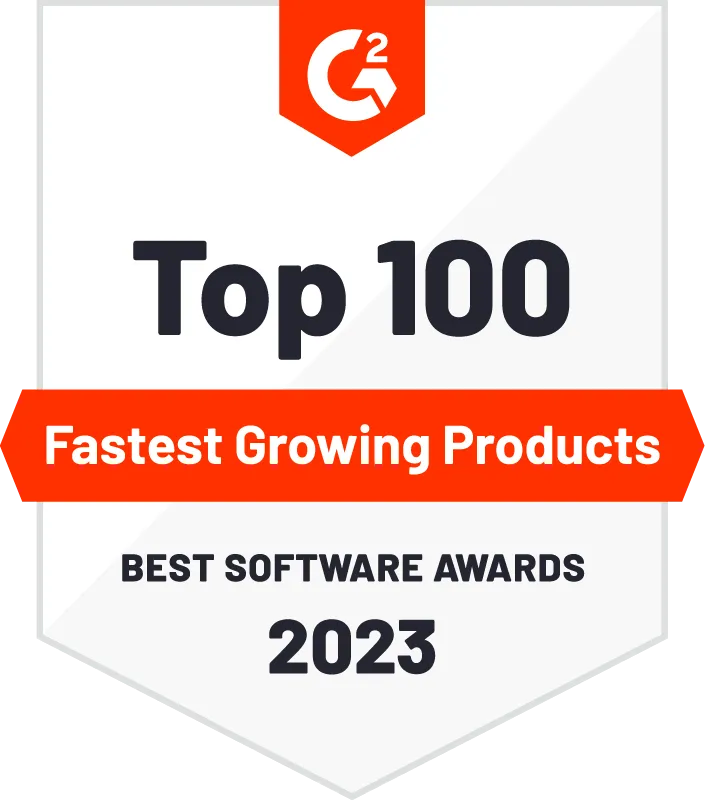Aligning company & team: Lessons from the field on effective OKRs
.jpeg)
We spoke with Jonas Rieke, Vice President of Customer Success at Personio and a core driver of Personio’s Objective and Key Results (OKR) process. Personio is a comprehensive HR management system that integrates with Leapsome.
Personio has been using OKRs for the last three years, starting from when they were just a few people to their current 100-and-growing. The Personio team has hands-on experience in scaling the culture and process of OKRs. Here’s what Jonas had to say about the top five takeaways from Personio on effective OKR use.
For more information on setting Objectives and Key Results, check out Google’s re:Work guide.
1. Culture > Goals
OKRs are valuable as a goal-setting tool, but more importantly, their greatest value is in bringing companies and teams together on a regular basis. OKRs facilitate companies and teams discussing current events, checking in on current direction, reflecting on their work, and discussing about the future. It helps everyone ask “are we rowing in the same direction? How can we align?” In essence, an OKR process triggers the right conversations.
2. Always be bottom-up
For Key Results, let the team responsible formulate the concrete target and its implementation. There must be buy-in from the team, and if someone from above sets all their goals, this buy-in is lost. Management can guide and align through setting higher-level objectives and providing a guiding vision, like the Business Plan. The team often knows best how a particular target can be met, so bottom-up Key Results are in the interest of both the company and the team.
3. Be both measurable & realistic
The result has to be measurable, and the measurement set from the start to guide and gauge progress simultaneously; measurement cannot get in the way of the goal. In the beginning, we had great ideas about what we wanted to achieve and how to measure our achievement. We soon realized how difficult measuring our goals was: measurement could quickly become overly complex or bureaucratic and block meaningful progress. Now, we set the measurement for the Key Result right away at the beginning of each quarter, when we set our OKRs. If the Key Result is not realistically measurable at that point, we have to move it to the next quarter, come up with a proxy measurement, or choose a different Key Result.
4. Formulate to motivate
Formulate OKRs in a positive framework: for example, set a goal to “increase retention” rather than “reduce churn.” Achieving something positive is far more inspiring and motivating than reducing something negative. Additionally, rather than binary “Yes/no” goals, make OKRs incremental and able to be broken into steps. Lastly, always set goals that allow the possibility for teams to catch up to the goal if they start falling behind. That way, even if a team has a few tough weeks, they can still feel motivated to achieve the goal.
5. Involve everyone
Define Key Results at the company-wide level so that every team and person can contribute in some way, even if that contribution looks very different from team to team. For teams with many recurring tasks, try not to have their goals end up being the same each time. Instead, focus on specific processes, work areas, and opportunities to improve efficiency. For example, rather than “increase sales by some percent,” the Sales Team can focus on raising the conversion rate. Teams can collaborate on goals, for example, Sales using content from the Marketing team to increase conversions, and Marketing focusing on making materials that support multiple steps in the sales process. This builds further alignment.
After everything you have learned with OKRs, what is the biggest challenge you are facing now?
Scaling. Moving from three to 100 employees, we maintained a culture of discussing with and involving everyone. As we scale to, say, 250 people in the future, how do we keep that same culture while not having a process that takes ample time or resources? I think that because of this challenge, most larger companies only use OKRs for teams, not the company as a whole. However, Personio wants alignment across the whole company. We are just at the beginning of researching strategies for scaling OKRs. I want to start a broader discussion about this with companies of 250-500 people, as I am sure others have the same challenges. I am convinced that OKRs are the most effective and efficient tool to communicate strategy.
What advice would you give to a company thinking about implementing OKRs, no matter their stage of development?
Start with one team, test with them for two quarters, gather feedback along the way, and then try rolling it out step-by-step for even more teams. The biggest value from OKRs will be once the whole company uses them: teams benefit individually from OKRs, but once all the teams in a company are aligned, all boats can start rowing together.
Ready to upgrade your people enablement strategy?
Explore our performance reviews, goals & OKRs, engagement surveys, onboarding and more.
.webp)
.webp)
 Request a Demo Today
Request a Demo Today






.png)
.jpg)

.jpg)







.png)






